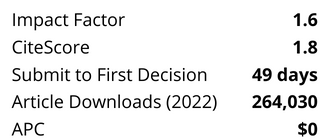Abstract
The SEMIZENTRAL approach is an infrastructure solution for the challenges of high growth dynamics and resource scarcity in fast growing urban areas. The integration of water, wastewater, waste, and energy in one system increases resource efficiency. District-wise realization enables the infrastructure system to grow at the same rate as the city. The concept has been realized for the first time on a scale of 12,000 population equivalent in Qingdao, China. Greywater and blackwater are collected separately; treated greywater is reused for toilet flushing. Reclaimed blackwater is used for irrigation. The analyses of the wastewater composition reveal significant differences in comparison to design values as well as to literature values for greywater and blackwater. Unexpected user behaviour, as well as cross-connections, are likely reasons. The greywater and blackwater treatment processes in the Resource Recovery Center were adapted to the influent's characteristics, so that legal effluent limits are fulfilled, despite changes in influent quality. Small systems often show higher influent variability. Design data for systems with source separation are still lacking. Measurement campaigns in areas similar to the planning area are recommendable, but might not always be possible. In addition, there is a risk of cross-connections between blackwater and greywater, though this can be reduced. For these reasons, there is (possibly high) uncertainty regarding design values for greywater and blackwater. Correspondingly, the treatment processes need to be designed flexibly. For future implementation, technical risks deriving from source separation have to be weighed against the expected higher acceptance of reuse of treated greywater in households. Intra-urban reuse of total wastewater, in combination with extensive public relations programs, might be an alternative.




%20cropped.png?versionId=5954)